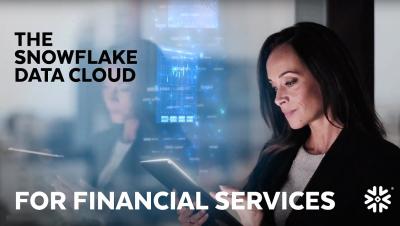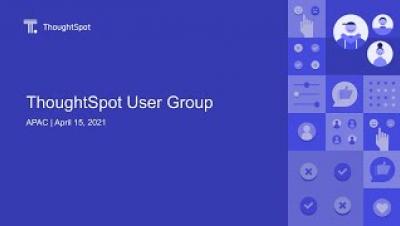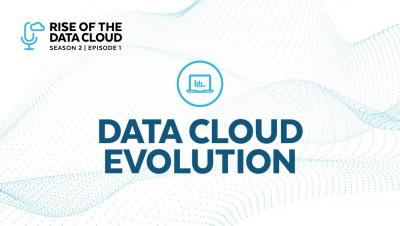Systems | Development | Analytics | API | Testing
BI
The Snowflake Data Cloud for Financial Services
What is Streaming Analytics?
What is Streaming Analytics? Streaming Analytics is a type of data analysis that processes data streams for real-time analytics. It continuously processes data from multiple streams and performs simple calculations to complex event processing for delivering sophisticated use cases. The primary purpose is to present the most up-to-date operational events for the user to stay on top of the business needs and take action as changes happen in real-time.
Bigtable vs. BigQuery: What's the difference?
Many people wonder if they should use BigQuery or Bigtable. While these two services have a number of similarities, including "Big" in their names, they support very different use cases in your big data ecosystem. At a high level, Bigtable is a NoSQL wide-column database. It's optimized for low latency, large numbers of reads and writes, and maintaining performance at scale.
Deep Learning with Nvidia GPUs in Cloudera Machine Learning
In our previous blog post in this series, we explored the benefits of using GPUs for data science workflows, and demonstrated how to set up sessions in Cloudera Machine Learning (CML) to access NVIDIA GPUs for accelerating Machine Learning Projects.
The rise of analytics-first software
We've moved from desktop to SaaS, to a real UX focus. Now we're seeing new vendors that are analytics-first. They’re creating new applications that are challenging the established players. Historically, applications were transaction-first; you build your software thinking about your workflow or the transactions that you want people to do.
APAC ThoughtSpot User Group - April 15, 2021
Snowflake CEO Frank Slootman Talks Data Cloud Evolution | Rise of The Data Cloud | Snowflake
What's new in CDP Private Cloud Base 7.1.6?
According to IDG, when customers consider updating to the latest release of a product, they expect new features, enhanced security, and better performance, but increasingly want a more streamlined upgrade process. With each new release of CDP Private Cloud, this is exactly what we strive to deliver. Along with a host of new features and capabilities, we are improving the upgrade process to be as painless as possible.
DataOps vs DevOps
The exponential adoption of IT technologies over the past several decades has had a profound impact on organizations of all sizes. Whether it is a small, medium, or large enterprise, the need to create web applications while managing an extensive set of data effectively is high on every CIO’s priority list. As a result, there has been an ongoing effort to implement better approaches to software development, data analysis, and data management.









